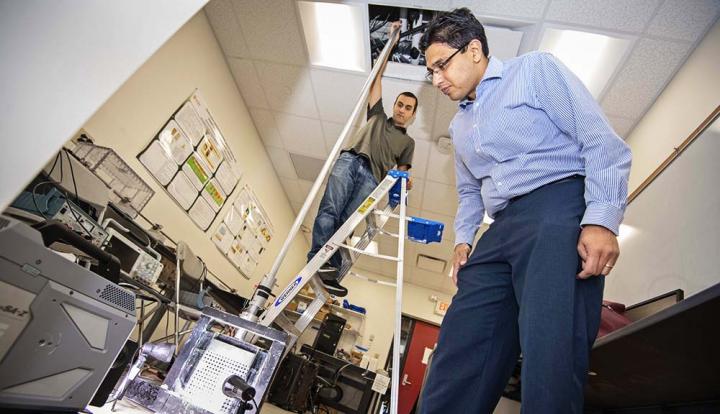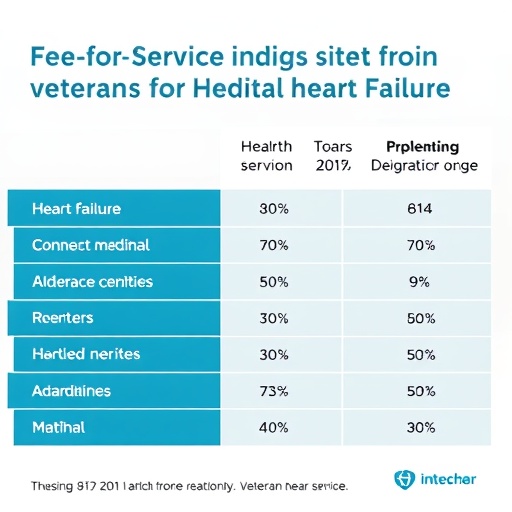Funding from the National Science Foundation will support research of a new class of granular materials that should provide shock protection from a projectile, such as a bullet, to safeguard police and military personnel

Credit: Worcester Polytechnic Institute
An aerospace engineer at Worcester Polytechnic Institute (WPI) is conducting wave motion research to one day create a bulletproof vest that not only will sense the speed, angle of approach, and size of an incoming bullet, but the material inside the vest will instantly change properties to provide greater shock protection at the exact point of impact. These materials could be used in protective gear, and to create protective covers for buildings, satellites, and underwater missile silos. The pioneering work is being funded by a five-year, $500,000 Faculty Early Career Development Program (CAREER) award from the National Science Foundation.
Nikhil Karanjgaokar, assistant professor of aerospace engineering, is using his expertise in wave motion and interruption to explore the mechanical and physical properties of granular materials that can alter their shapes or change their original properties to absorb and redirect the force of an incoming bullet or object. Karanjgaokar hopes to develop shock protection technology that can protect people and objects from being pierced or affected by the shock from projectiles. The technology could be used in personal protective equipment, such as vests and helmets, that can be worn by the military, police, and other professionals, like athletes and construction workers. The technology also could be used as a protective covering for buildings or even to protect NASA’s International Space Station, satellites, and spacecraft from being damaged by space junk and meteorites.
“I want to design materials that can absorb impact,” said Karanjgaokar, whose previous research was focused on understanding wave motion through granular material. “People trying to protect themselves from bullets or shrapnel have used sandbags since before the Second World War to absorb impacts. I’m working from the same basic principle. How can we create a versatile material to create a barrier against any impact?”
Media Contact
Andy Baron
[email protected]
508-831-5916
Original Source
https:/




